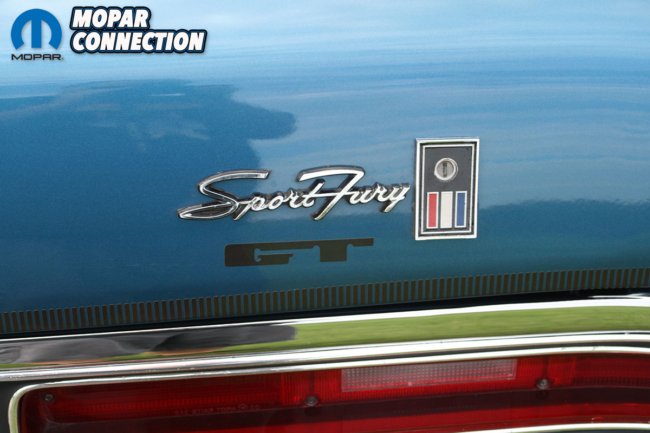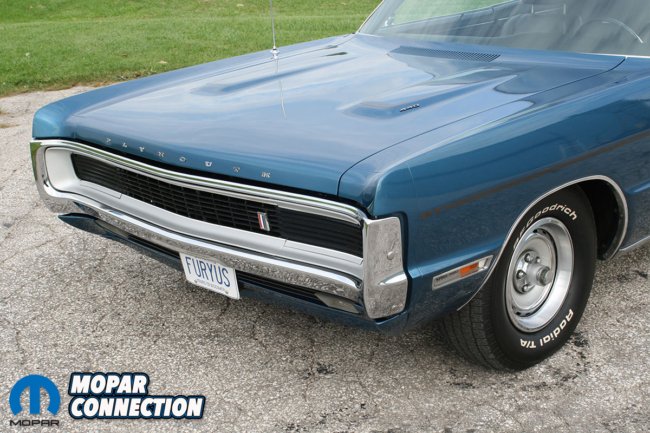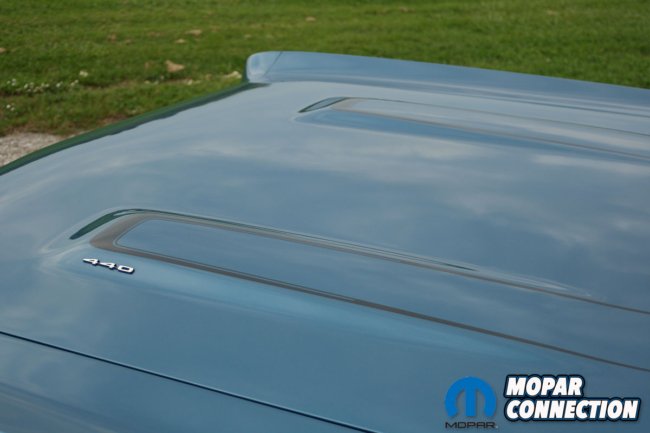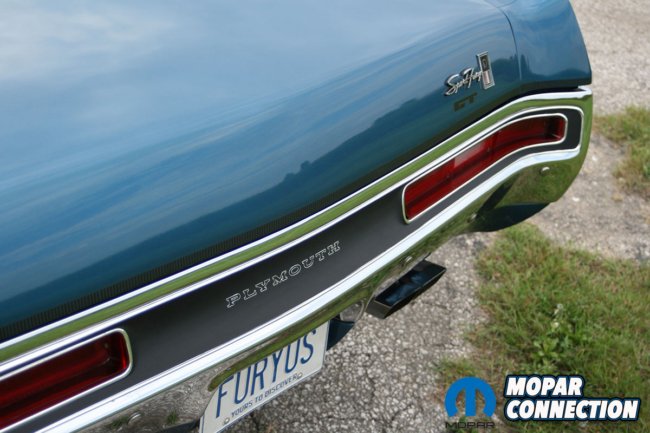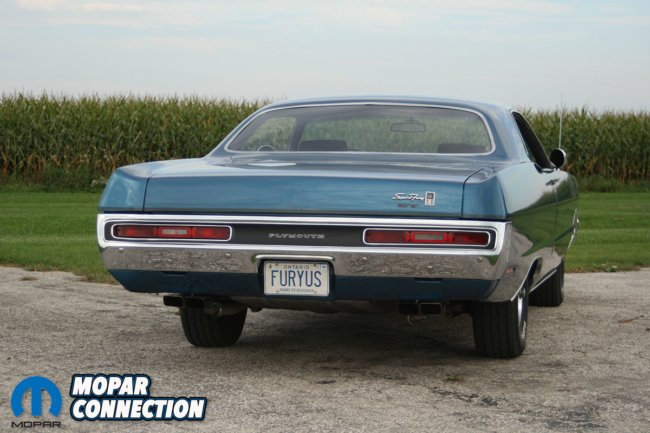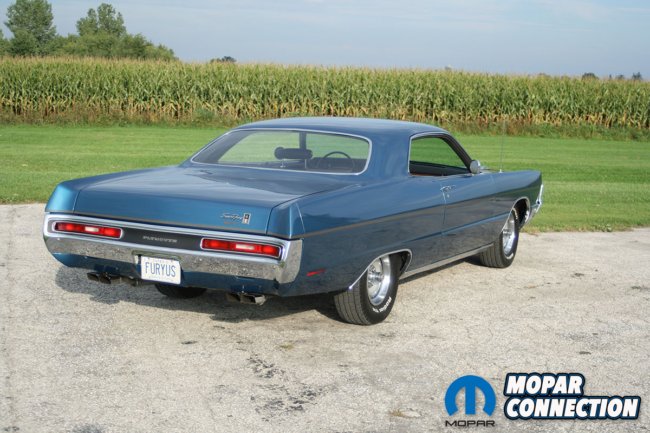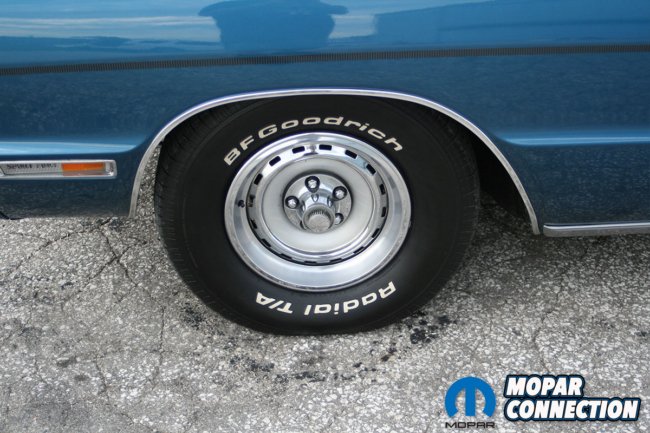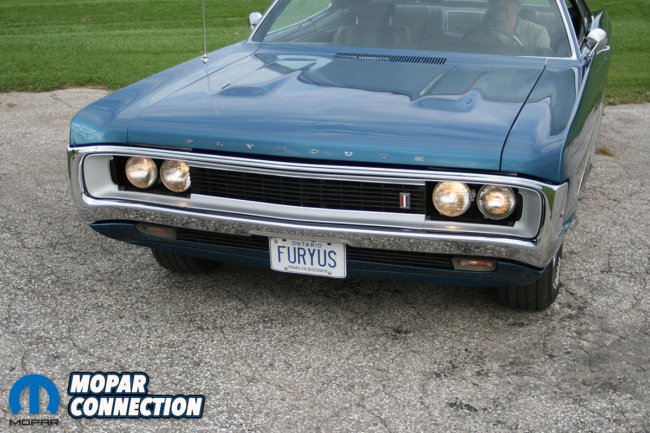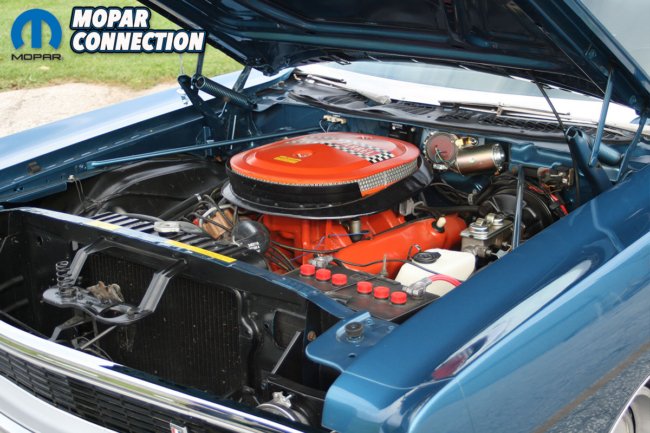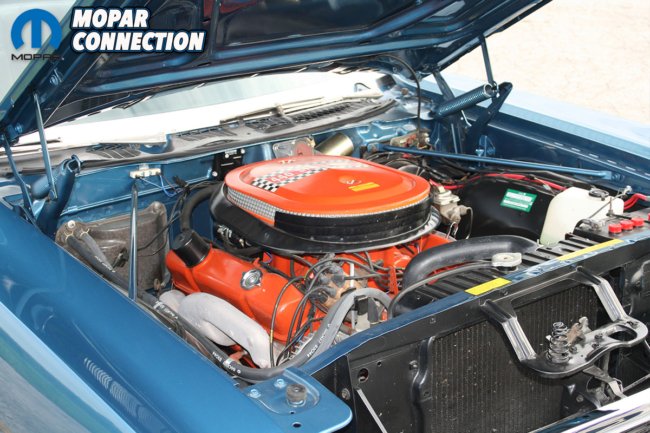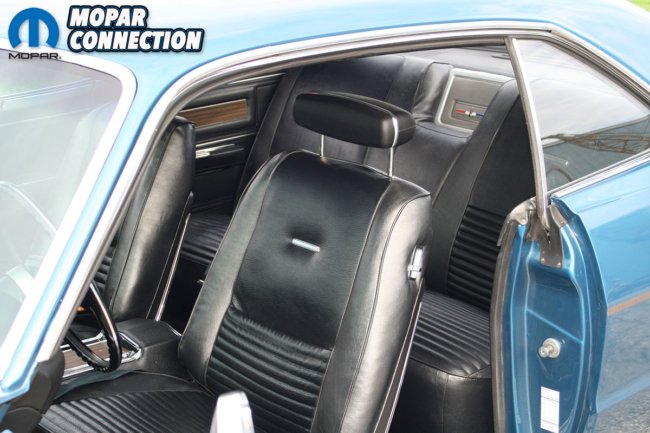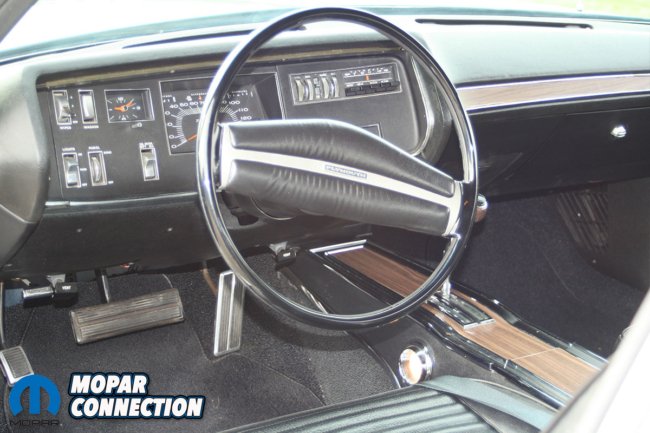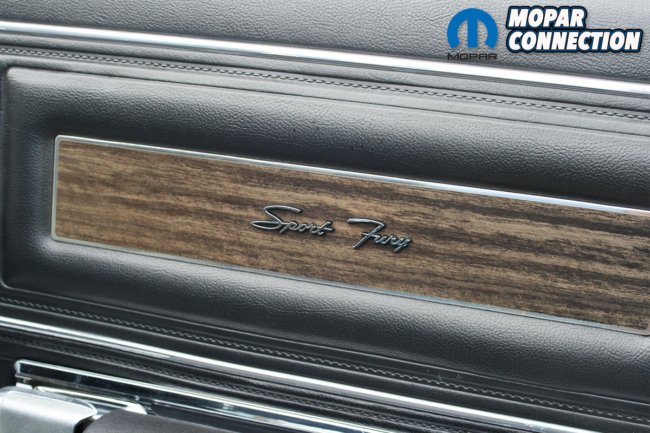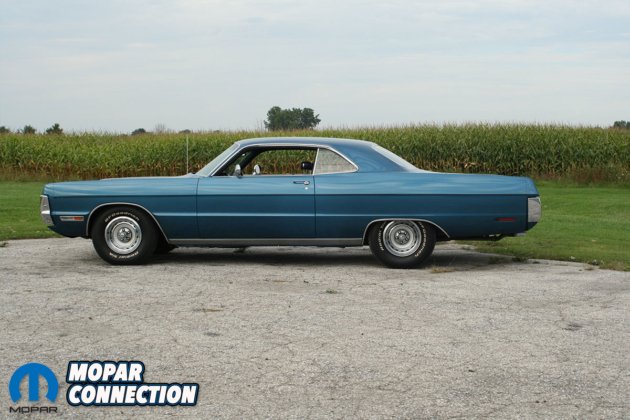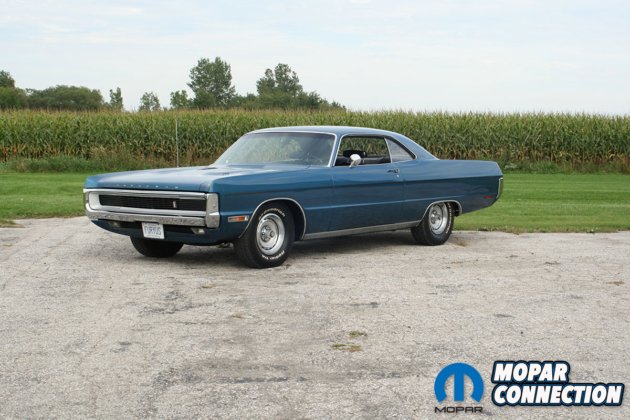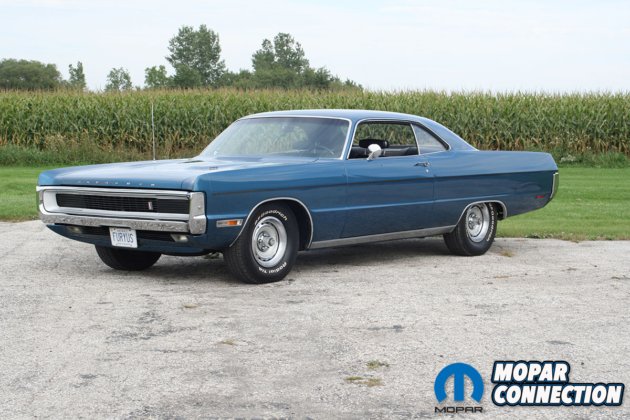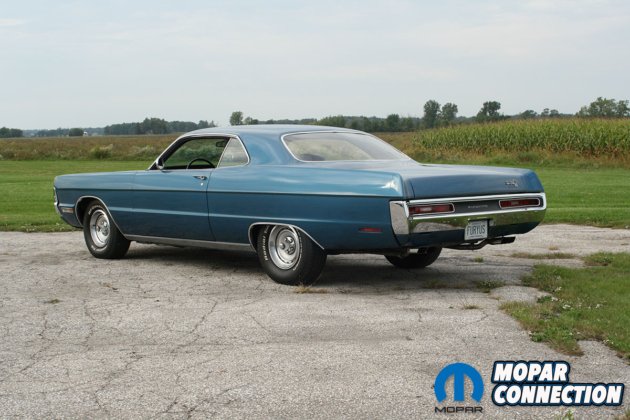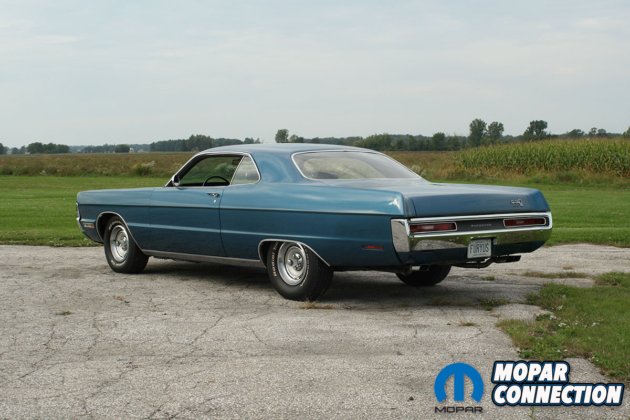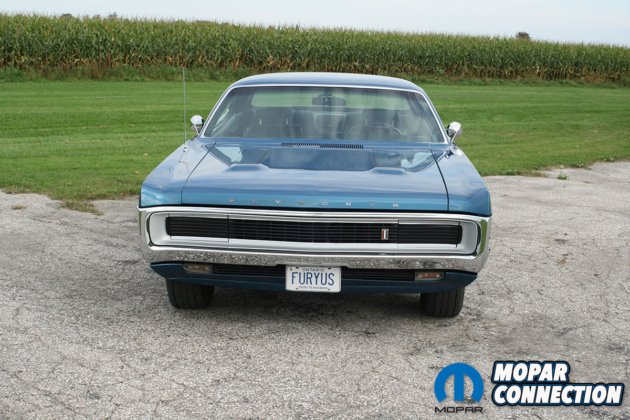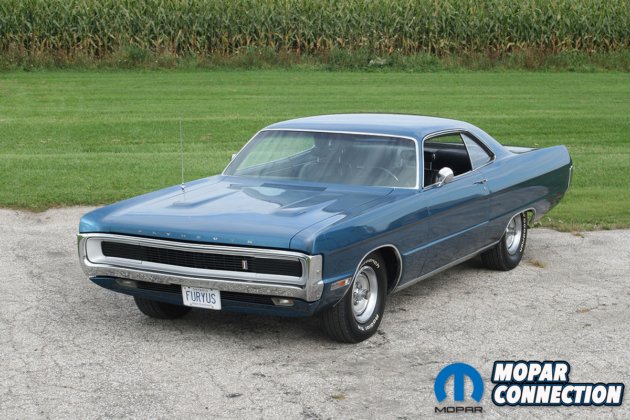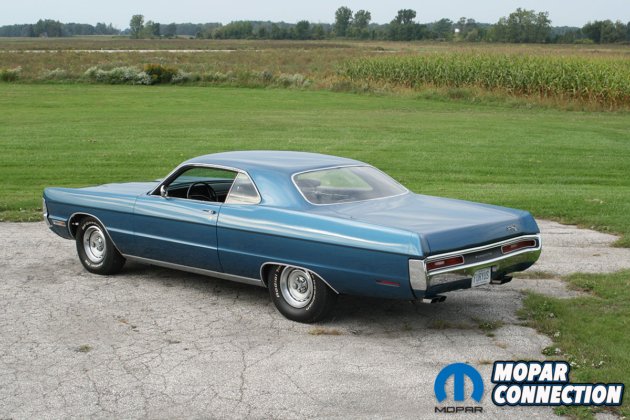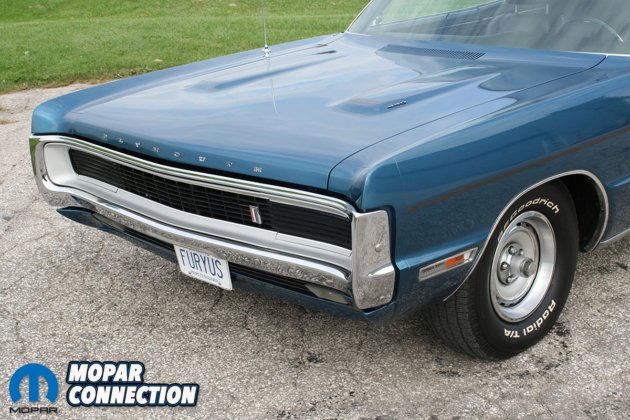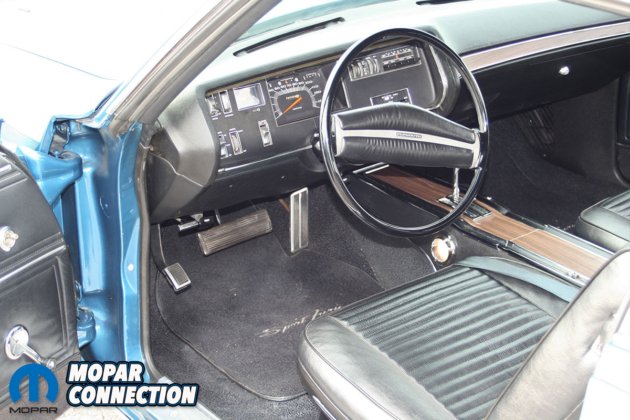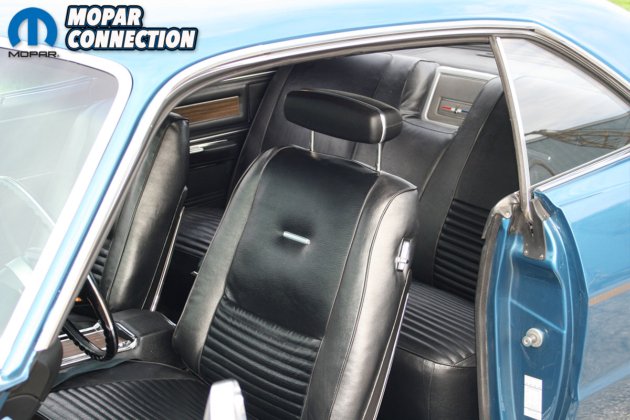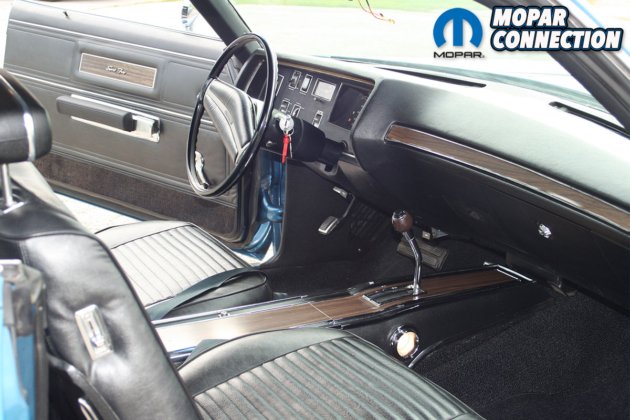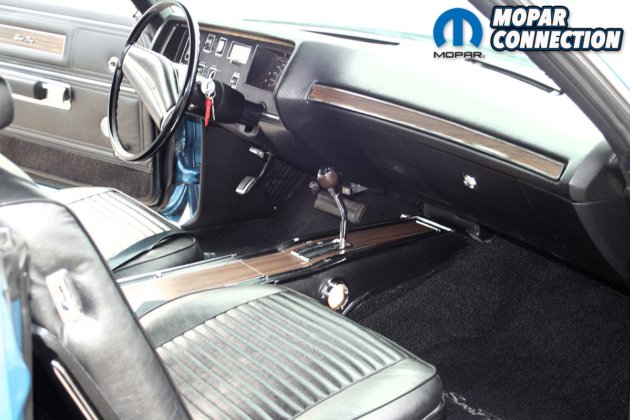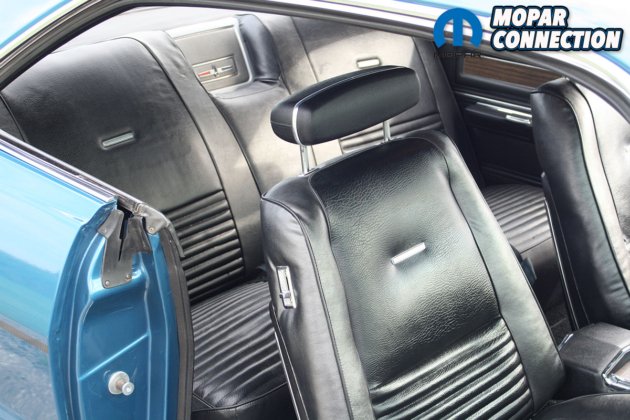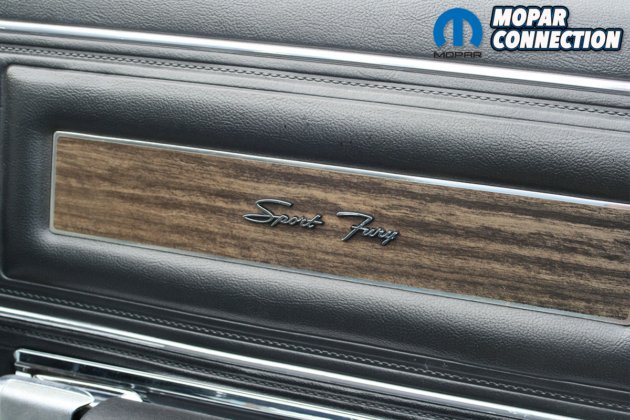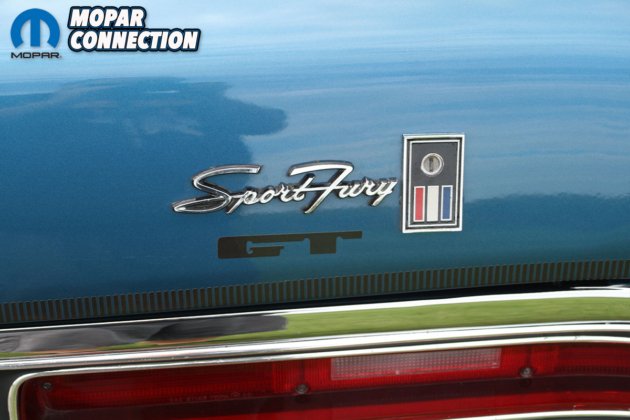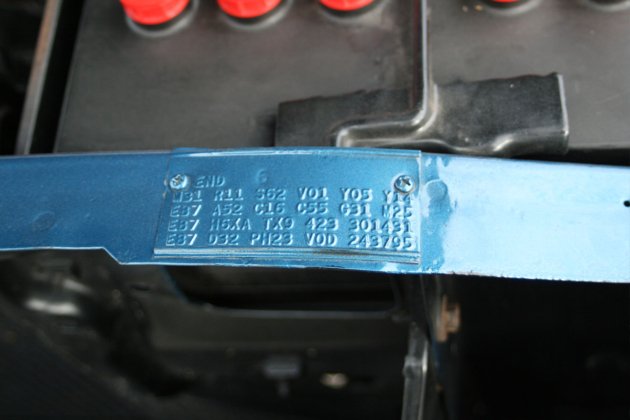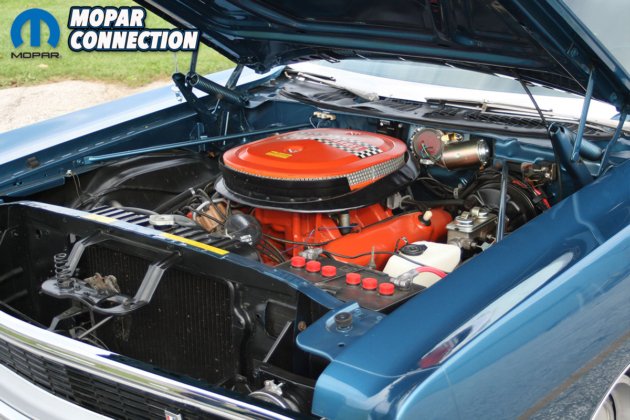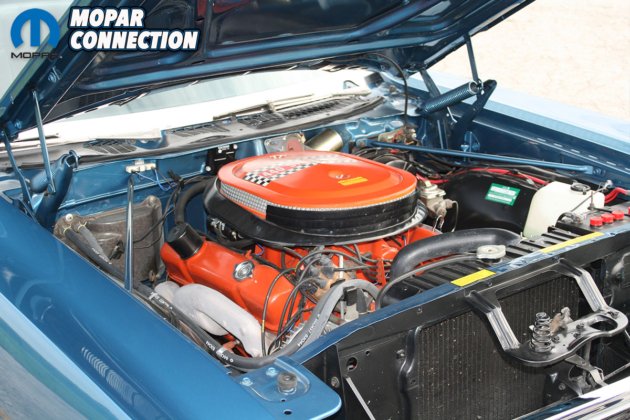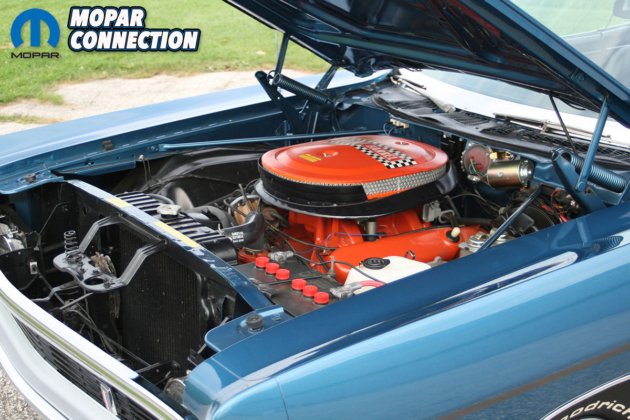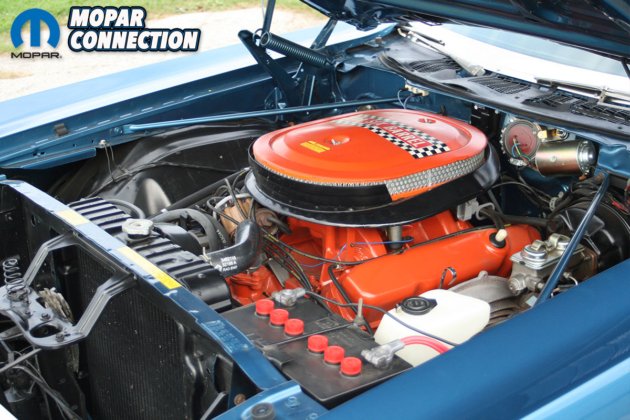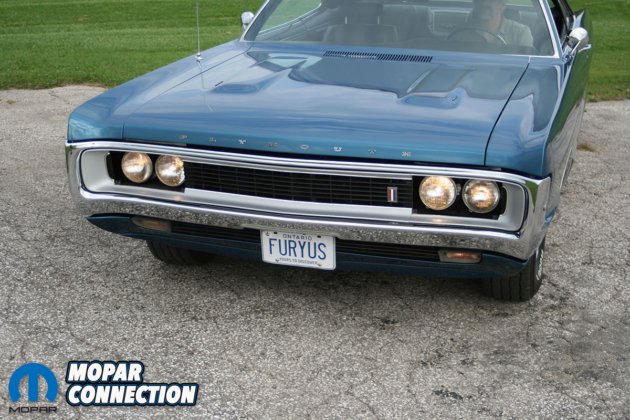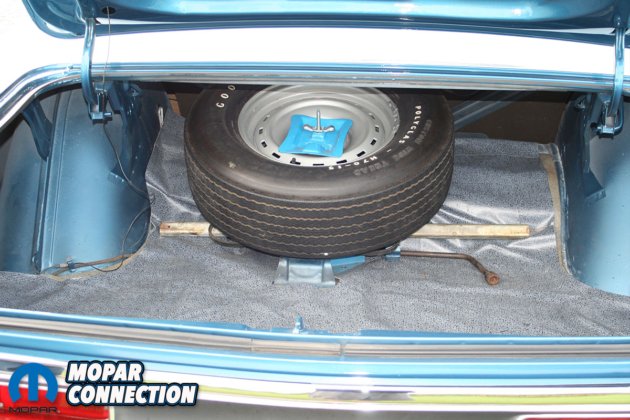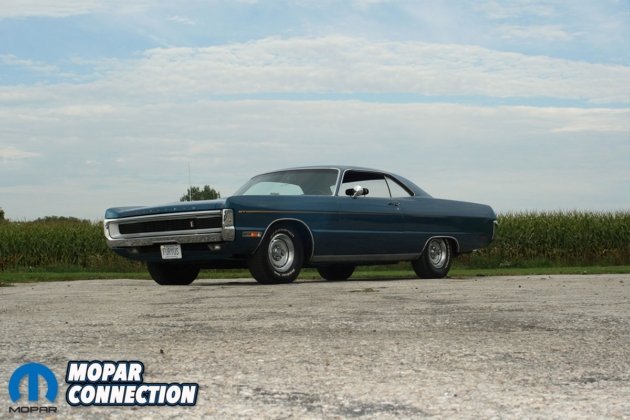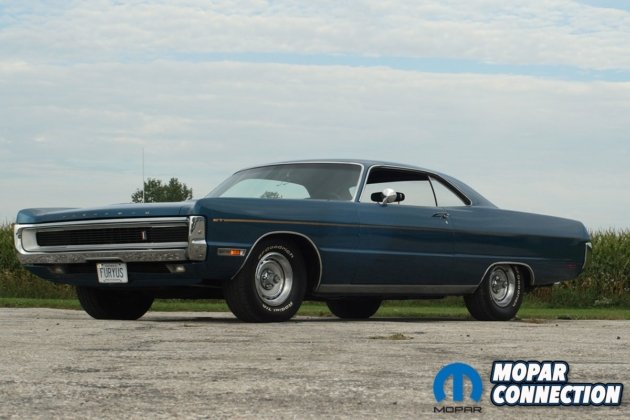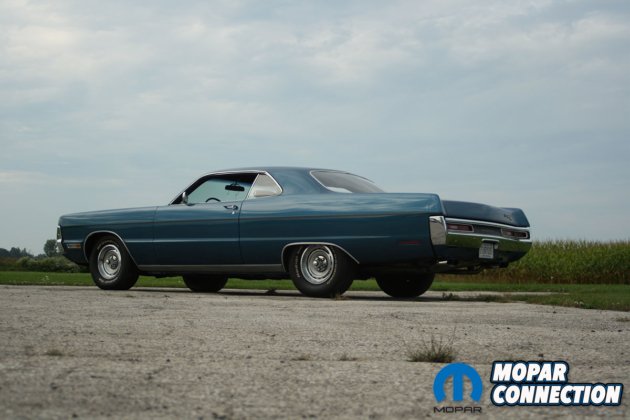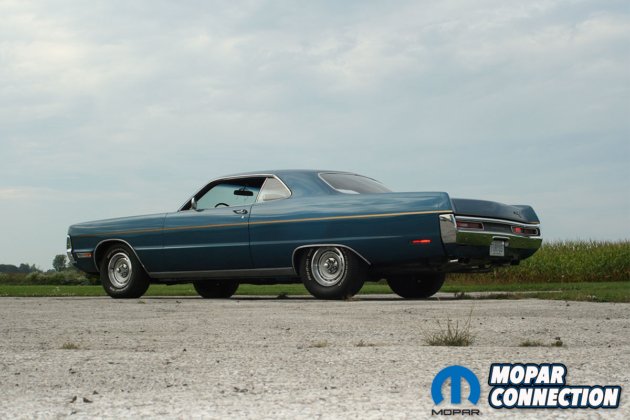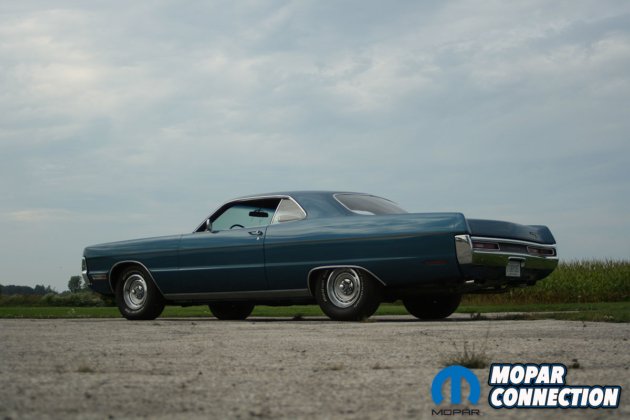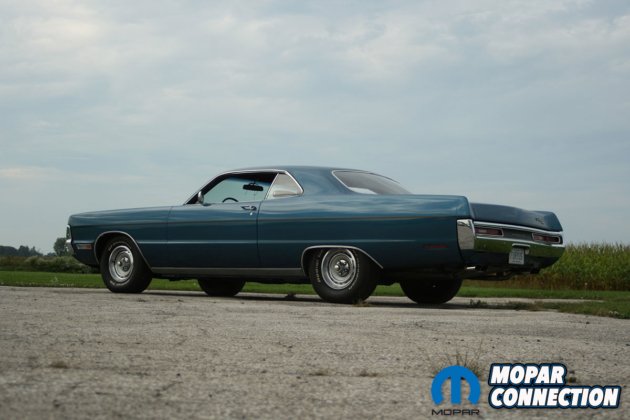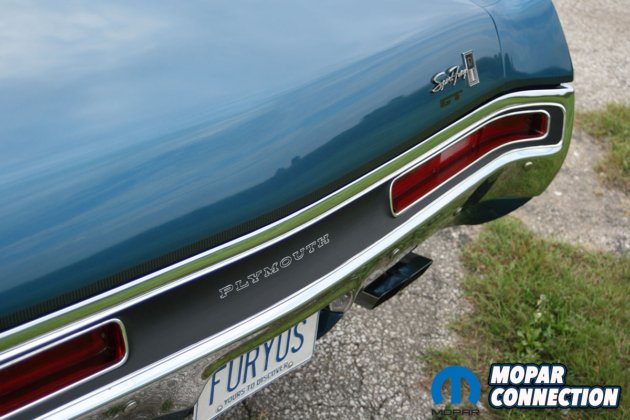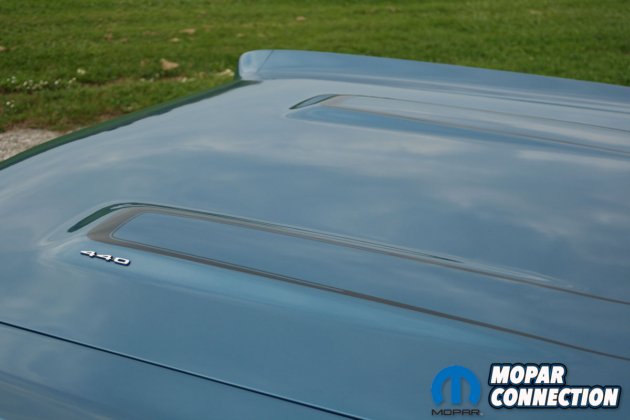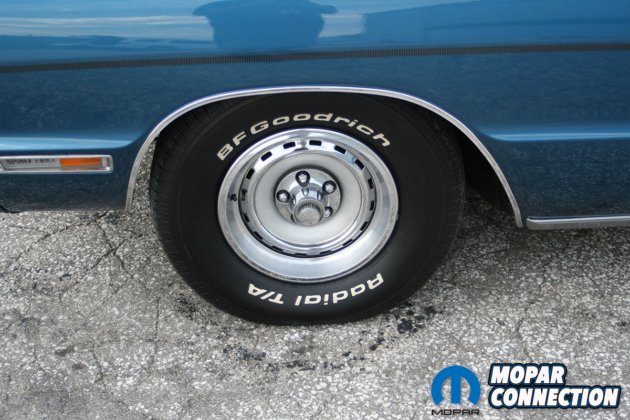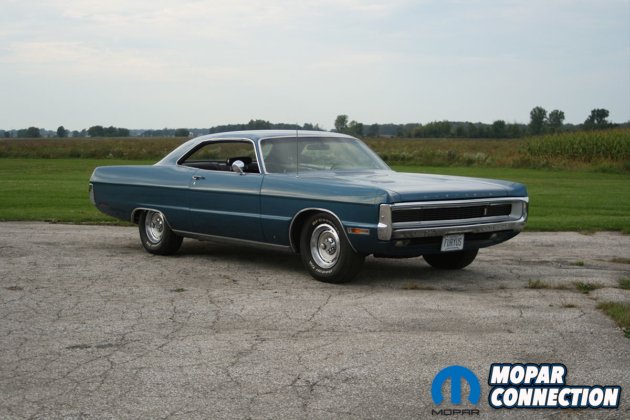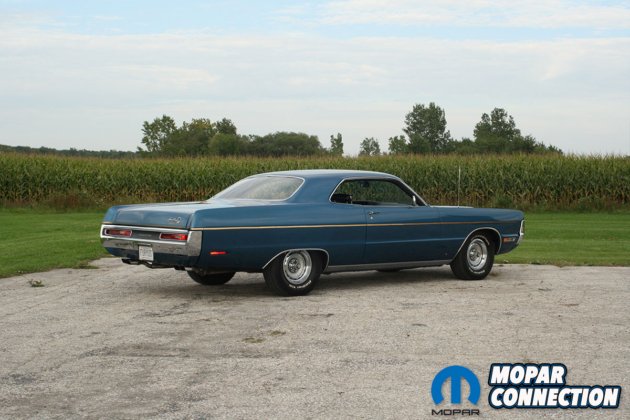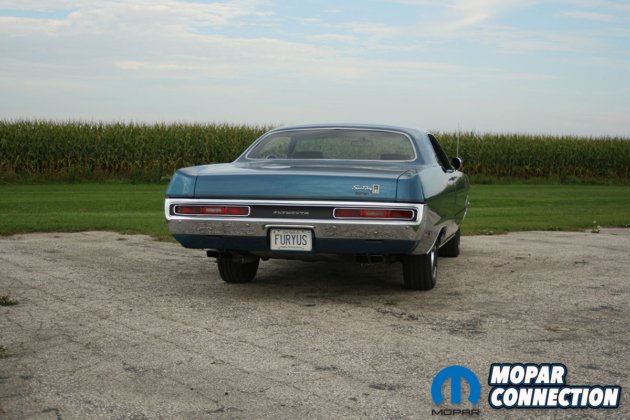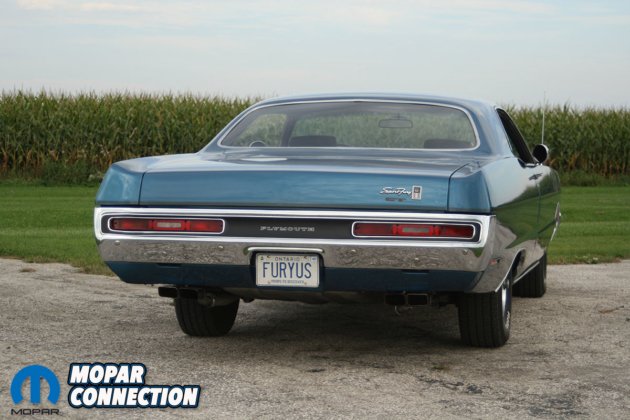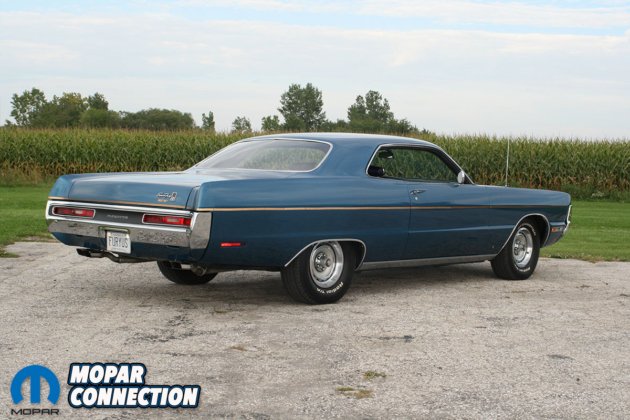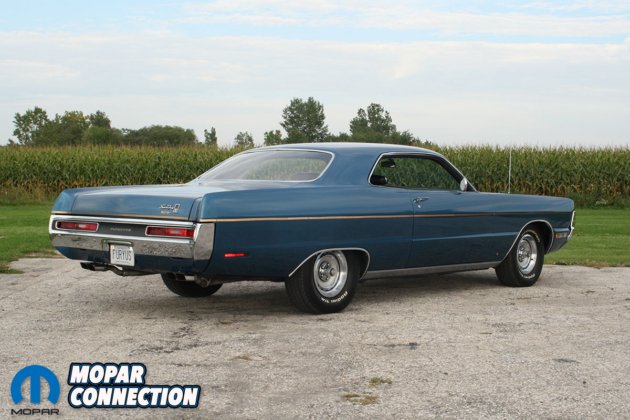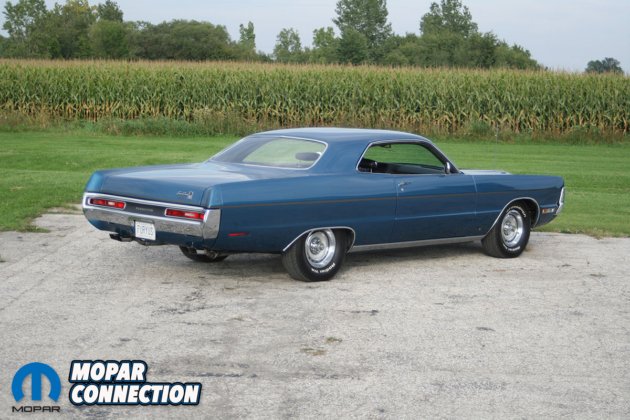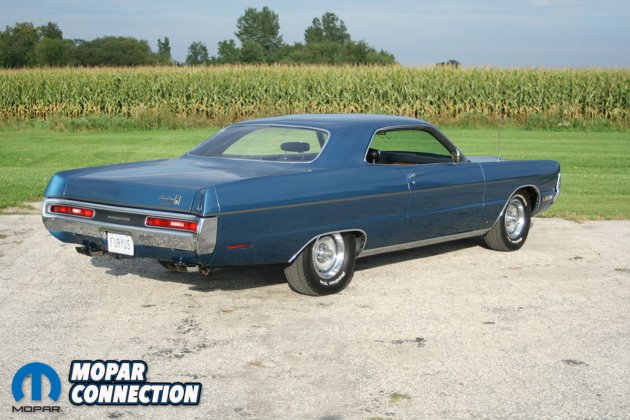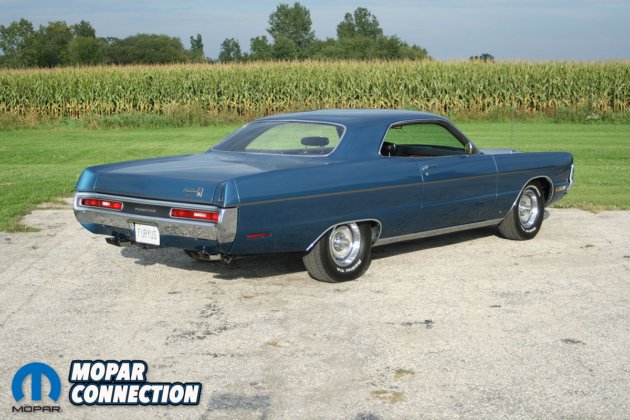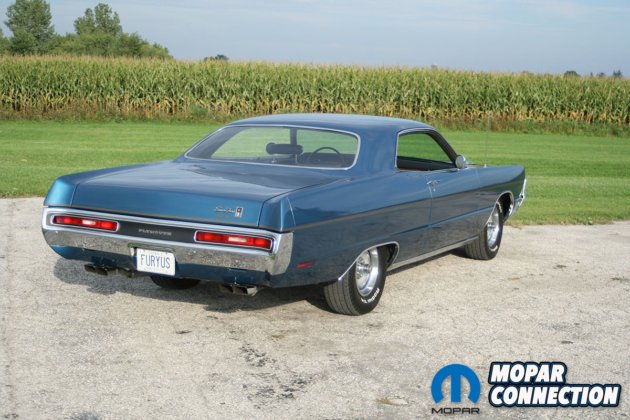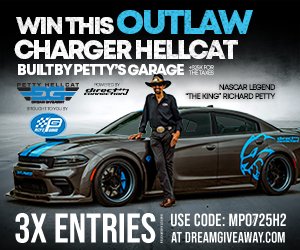
In 1970, Plymouth launched its Rapid Transit System (RTS) program, drawing inspiration from its corporate cousin Dodge. A year earlier, Dodge had rolled out the wildly successful “Scat Pack”—a marketing powerhouse that turned everyday Mopar enthusiasts into bona fide club members representing a stable of ferocious muscle cars.
Membership came cheap at just $3, and with it came a trove of swag: decals, patches, and other gear that let fans show their allegiance with pride. Beyond the merch, Dodge kept its community in the loop with regular mailings that included magazines, newsletters, product updates, and invites to car clinics hosted by participating dealerships.
The Rapid Transit System was Plymouth’s initiative to connect directly with grassroots performance enthusiasts. Like Dodge, it offered a diverse range of muscle cars, each marketed as part of a unified performance brand— “The “System.”
Advertisements with slogans like “First came the car…next evolved the Supercar…then came The System” positioned Plymouth as a serious player both on the street and on the track, highlighting its involvement in NASCAR, NHRA, and Trans Am. At its core, RTS promoted the seamless exchange of parts and technical knowledge between racing and road cars, enabling drivers to maximize performance within budget-friendly limits.

Starting with the more affordable Duster 340 and progressing to the full-size Sport Fury GT, the Plymouth division had something for everyone who enjoys laying down parallel lines of black rubber. Three of the five options, including the Road Runner, GTX, and ‘Cuda, were available with the famed 426 Street Hemi engine, which produced a claimed 425 horsepower and 490 pound-feet of torque.
Those seeking near-comparable performance with improved day-to-day drivability could choose the 440 6-barrel, which produced 390 horsepower and 480 pound-feet of torque and was available in all “Rapid Transit System” vehicles except the Duster 340.
The Plymouth Sport Fury GT was the largest model in the Rapid Transit System lineup. Built on the C-body platform, it debuted in 1970 to compete with full-size muscle cars like the Chevy Impala and Ford LTD. Carrying forward the 1969 “Fuselage Look,” it featured smoother body lines, concealed windshield wipers, and curvier glass for a less boxy silhouette. The two-door coupe measured 214.9 inches long and 79.5 inches wide, with a 120-inch wheelbase. Weighing 4,122 lbs., it was 702 lbs. heavier than its B-body sibling.

The standard Sport Fury GT was powered by the 440 Super Commando with a 4-barrel carburetor, but buyers could step up to the 440 6-barrel setup. This high-performance option featured three Holley two-barrel carburetors and delivered an additional 40 horsepower and 10 lb-ft of torque over the standard engine. Curiously, the Hemi was never offered in the Fury lineup. Even with its hefty curb weight, the 440+6-equipped GT managed 0–60 mph in 6.6 seconds and ran the quarter mile in 14.7 seconds.
The GT package, “A52,” consisted of the following items: a reflective strobe stripe decal at the beltline, hood decals on the two longitudinal bulges, dual exhaust with square chrome exhaust tips, heavy-duty 6-leaf rear spring suspension, heavy-duty 0.98” diameter torsion bars, heavy-duty shock absorbers, H-70-15 white letter Goodyear Polyglas tires with 6” wide Rallye wheels, high-flow cylinder heads and intake manifold, high-upshift TorqueFlite automatic transmission, heavy-duty 11″ drum brakes, a heavy-duty driveshaft, and a heavy-duty 8 ¾ rear axle with a 3.23 gear ratio.
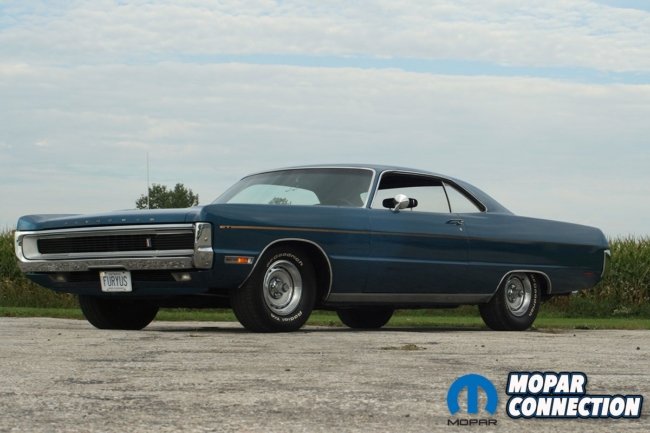
Also new for 1970, the grille is surrounded by a loop-type bumper with concealed headlights for the Sport Fury GT. The 440 call-out emblems were placed on the hood, warning of what was lurking under the massive hood. In the rear, the taillights were now recessed in a more massive-looking bumper. The trunk lock was relocated to the right for a cleaner and more innovative look.
The Plymouth Sport Fury GT was assembled at the Belvidere plant in Illinois, with just 666 units produced in 1970. This particular car rolled off the line on May 23 of that year. Of the 64 built with the 440 6-barrel engine, 61 were sold in the U.S., and only 3 made their way to Canada. Today, just 11 are known to have survived a remarkably small figure when compared to the roughly 250,000 Plymouth Furys produced in 1970.
This particular Sport Fury GT is owned by Dave Wheeler of Iona, Ontario. His connection to the Fury runs deep—he took his driving test in one as a young teen, forging a lasting appreciation for the model. A lifelong Mopar enthusiast, Dave purchased a 1970 Challenger T/A in 1977 during his teenage years and still owns it today. That car sparked a passion that grew into a small but cherished Mopar collection.
Dave now serves as president of the Western Ontario Mopar Owners Club (WOMO), where he plays a leading role in organizing the annual Mopar Day at St. Thomas Dragway. The event draws enthusiasts from across the region for a full day of drag racing, a car show, and a vibrant swap meet. To say Dave knows his Mopars would be an understatement.
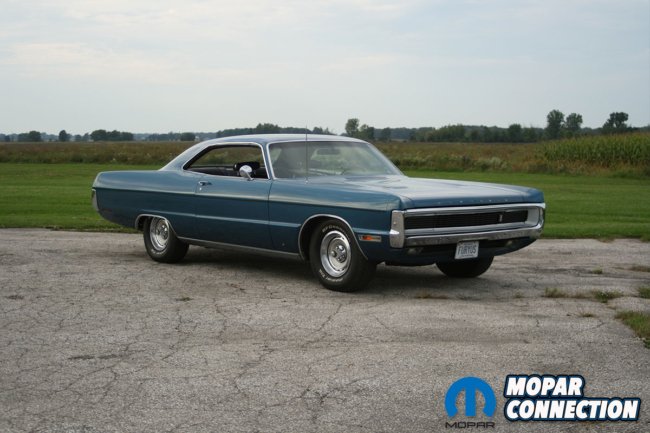
In 1986, Dave was at a Mopar show at the Cayuga Dragway track (Toronto Motorsport Park) with his 1970 Fury Sport GT (440 4-barrel version) when a fellow racer told Dave about a 440+6 car that he had discovered. It was sitting at an auto wrecker in Lancaster, New York. With that information in hand, Dave went home, grabbed a tow truck from work, and headed to the wrecking yard. Upon arrival, the car was missing its engine and transmission but was largely intact.
The engine and transmission had been sold off because the auto wrecker was getting the GT ready to be crushed. Dave knew if this was a true 440 6-barrel, this rare car needed to be saved from a horrible death. He checked the VIN and found the “V” code, which indicates that it was indeed a 440 6-barrel car. Without any hesitation, he purchased the GT and brought it home.
Now that the car was safely at home, Dave began to collect all the parts and pieces needed to rebuild the car. The process of getting the correct parts took 25 years. No doubt, looking for parts for the GT would be more challenging than finding parts for a 1971 Hemi ‘Cuda convertible. The interior was distressed and tired, and the B7 Jamaica Blue paint was faded, weatherworn, and rusty.
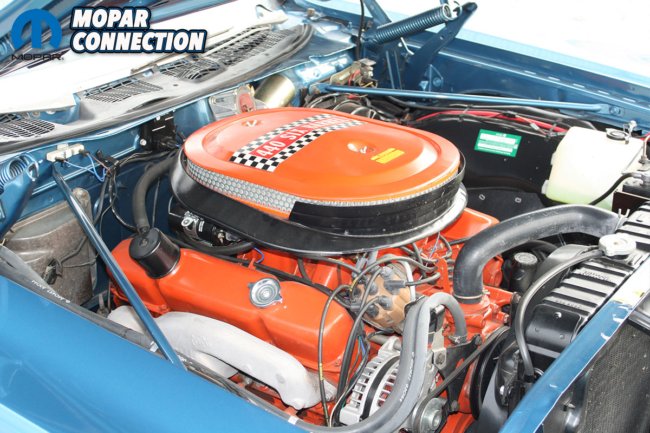
This car was sold new in Buffalo, New York. We know that the GT never left the area, as the paperwork in the glove box would indicate. Just the simple fact that the GT was found in an auto wrecker on the outskirts of Buffalo is proof of that. Looking the GT over, Dave knew it would have all the usual rust problems associated with living its life in the snowbelt region of the country.
It was in 2012 that Dave began dismantling the car. The quarter panels and other parts of the body would need replacing. Knowing how rare this car was, Dave soldiered on to restore the GT. As you well know, not many, if any, reproduction parts are made for C-bodies. In an effort to replace sheet metal, a few Furies were purchased to donate their parts to the cause. Dave ended up replacing the complete rear clip because the rust was so bad. During the removal of the interior, Dave found two broadcast sheets under the seats.
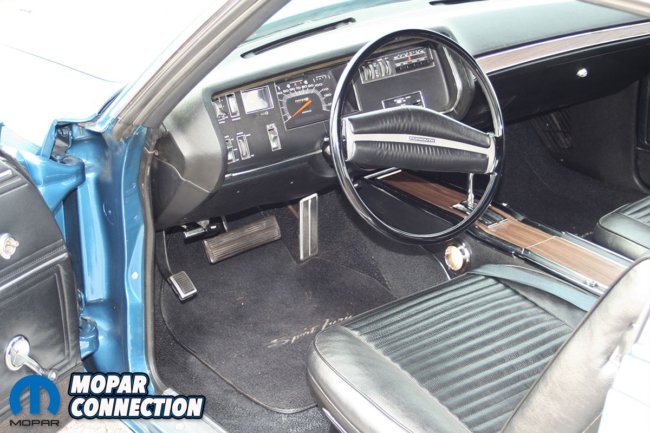
Due to Dave’s network of friends in the Mopar community, it was a joint effort to help with all the body and paint work. The car was returned to the factory color of B7 Jamaica Blue Metallic. Now, with panels replaced, the car was solid once again. Reproduction stripes were added with the reflective qualities of the original stripes from 1970. The GT at this point was looking fantastic, and its long body panels were straight as an arrow with no evidence of being replaced. A true reflection of the time when gas was cheap and steel was plentiful.
Dave found a 1970 440 c.i. engine and built it to 1970 “V” code specifications. Dave did all the mechanical work on the car himself because he is a mechanic by trade and had his own shop until he hung up his wrenches this year. OK, well, he still wrenches on his cars. New old stock front exhaust pipes were found, and if you look closely in the engine compartment, you will notice on the left side the special manifold that was used on this model, but also on all the high-performance C-bodies, including “U” code police cars.
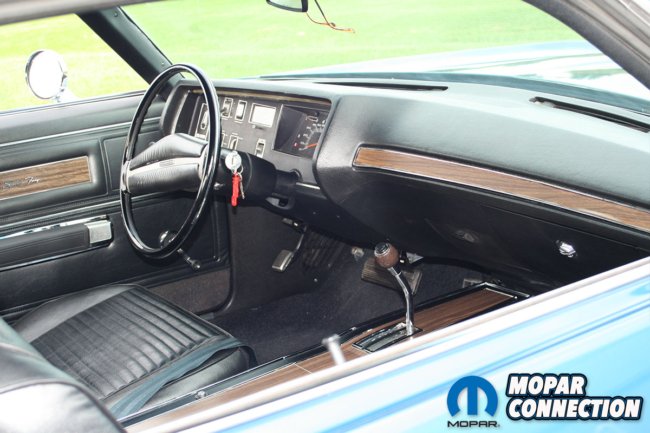
The search continued for other items, such as the correct quad tailpipes and replacement Rallye Road Wheels. Dave found the correct rims for the car, having two sets, one for shows and one for driving. For the shows, he uses H70-15 Polyglas on Rallye Road rims, and for driving duties, he uses 255/70R15 B.F. Goodrich tires on the same style rims. Dave was extremely fortunate to find OEM material in the black and gray colors for the seats out of Michigan. Dave’s friend had the seats upholstered back to the exact pattern that Plymouth used in 1970 when it rolled off the line.
This GT had a few options ordered when it left the Belvidere Plant back in 1970, such as a tilt steering column and a rim blow steering wheel. The GT also came with bucket seats, a center console, dual mirrors, and a rear window defogger. Dave restored everything as it was built. The only thing that Dave deviated from on the restoration was an AM/FM radio instead of the basic AM radio. Dave also took the liberty while restoring the instrument panel to replace the 120-mph speedometer with a 140-mph police version.
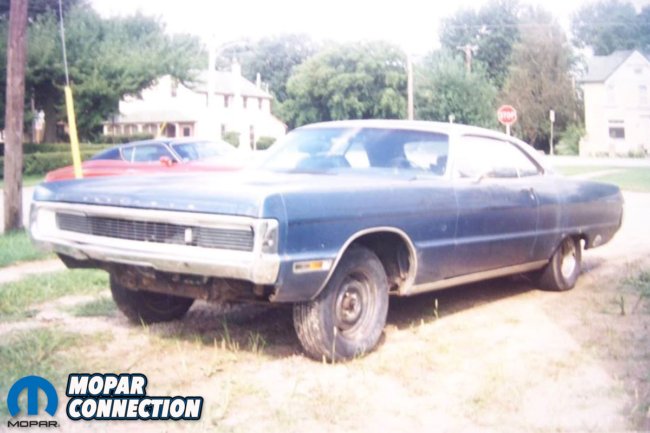
Once word had leaked out about the full restoration of the rare GT, Dave received an invitation in 2016 from the organizers of the Chrysler National at Carlisle to display the car at one of the exhibition buildings. This gave Dave the fire to get it done. Once the GT arrived at Carlisle, the car received a ton of attention.
One person the Sport Fury GT caught the eye of was Bob Ashton of the MCACN (Muscle Car & Corvette Nationals) show in Chicago. This prestigious show is by invitation only, and Bob wasted no time inviting Dave and the Sport Fury GT to the Chicago show. Not only once, but twice. How is that for being cool?
Dave and his friends truly brought this car back from the brink of death, and it looks just as good, if not better, than when it rolled off the line. Quite often, you see Dave driving his GT to local car shows, cruise nights, or other Mopar events in the U.S. It was truly one of the rarest and few of the “Furyous” kinds of Mopars that were produced.



